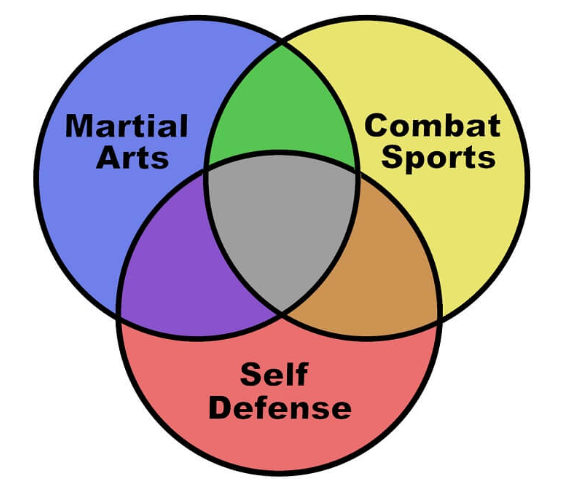
Block or Cover?: The Nuances of Self Defense VS Combat Sports
When it comes to learning how to defend yourself or mastering a physical discipline, self defense and combat sports are at the top of the list. While they share some similarities, they are fundamentally different in their purpose, techniques, and application. Understanding these distinctions can help you choose your training and what the right path is for your goals.
What is Self Defense?
Self defense teaches you techniques and strategies to protect you from physical harm in real life scenarios. Its primary focus is on safety and survival, often under high stress, unpredictable conditions. Besides certain legal parameters, there are no rules when defending yourself against a real world threat. No weight classes, time limits, coaches, referees, 1v1, 3v1, weapon threats,... NO RULES!
What are Combat Sports?
Combat Sports are competitive activities that involve physical confrontation, governed by a set of rules to ensure fairness or safety. Examples of combat sports include, boxing, kickboxing, MMA, grappling/wrestling, and BJJ. As far as fighting goes, training in a combat sport is the safest way to fight another person. Rules help mitigate serious injury or death.
Can they compliment each other?
Absolutely! While their primary goals differ, self defense and combat sports can work hand-in-hand. For example, learning how to strike from boxing, or how to grapple from BJJ, can enhance your self defense skills. Similarly, self defense training can add better situational awareness and adaptability to a combat sports athletes toolkit. Why wouldn't you want both??
In Conclusion:
They key to training both self defense and combat sports is understanding the fine line between fighting with rules -vs- without. Am I trying to win a fight within the rules of the sport, or am I trying to make it home alive? Context and environment play a big role in making the right decision in any type of fight or threat. In boxing, we teach a closed fist punch because that is all you can throw while wearing a boxing glove. While in self defense, we teach open hand palm strikes because striking with a fist without a glove has a higher percentage of injuring the striker. What happens when a combat sports fighter takes a hit to their groin? Fighters have a five minute period to recover before continuing the fight. Training groin strikes for combat sports doesn't make sense. Take that same fighter and put him in a parking lot against three people who may be larger in size and/or have a weapon, that groin strike becomes extremely relevant to train. In conclusion, train as often and in as many disciplines as you can. You won't always be young and able enough to compete, but learning how to defend yourself will last a lifetime.


